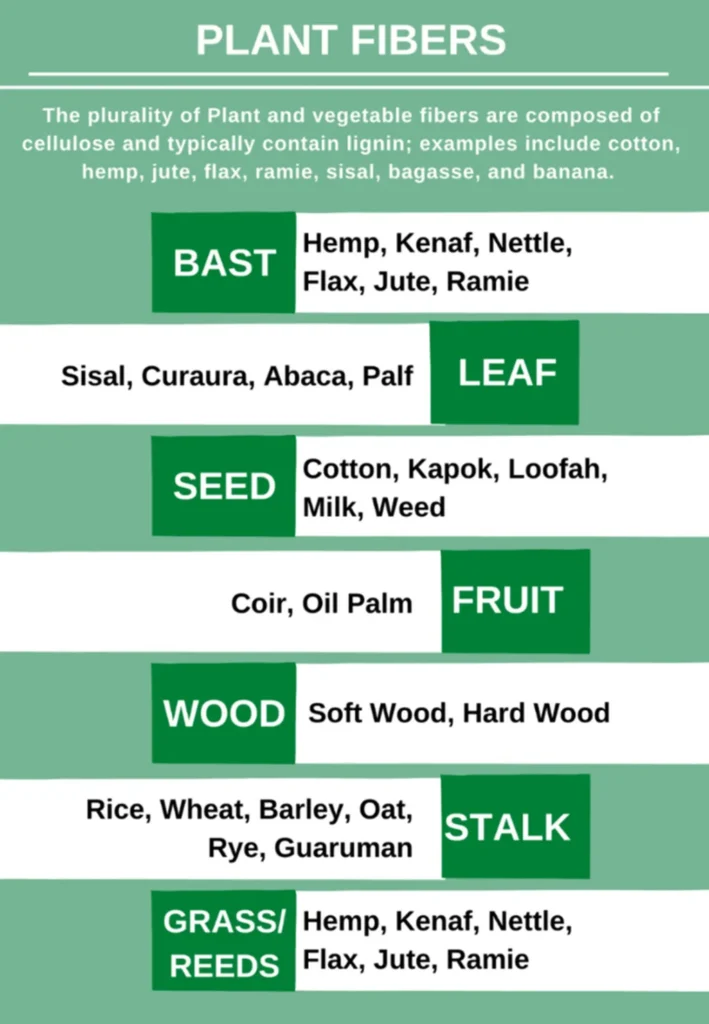In a significant stride towards sustainable construction materials, researchers have comprehensively reviewed the latest functionalization strategies for plant fiber-reinforced polymer composites (PFRCs), offering promising avenues for the energy and construction sectors. The study, led by Hassan Tawsif Tazwar from the Department of Aeronautical Engineering at the Military Institute of Science and Technology in Dhaka, Bangladesh, was recently published in the *Journal of Materials Research and Technology* (translated to English as *Journal of Materials Research and Technology*).
Plant fibers have long been touted as eco-friendly alternatives to synthetic fibers, but their practical application has been hampered by issues like poor bonding with polymers, hydrophilicity, and inconsistent fiber quality. Tazwar and his team delved into various functionalization techniques—chemical, physical, biological, and hybrid—to tackle these challenges. Their findings reveal that while chemical treatments are currently the most effective at improving interfacial adhesion, they often come with environmental trade-offs. “Chemical treatments can significantly enhance the mechanical properties of PFRCs, but they may introduce toxicity concerns,” Tazwar explained. “This is where biological and hybrid methods show great promise, as they offer multifunctional benefits with a reduced ecological footprint.”
The review underscores the importance of developing regionally adaptable, low-cost, and circular functionalization techniques to meet industrial demands. For the energy sector, this could mean more sustainable and cost-effective materials for construction, automotive, biomedical, and packaging applications. “The future of PFRCs lies in integrating green functionalization methods into scalable manufacturing platforms,” Tazwar noted. “This will enable these bio-based composites to compete with traditional materials in high-performance sectors.”
The study highlights the need for further research to bridge the gap between laboratory success and industrial scalability. By addressing these critical challenges, PFRCs could become a cornerstone of next-generation sustainable materials, aligning with global environmental goals. As the construction and energy sectors increasingly prioritize sustainability, this research offers a strategic roadmap for advancing PFRCs as viable, eco-friendly alternatives.

